Oregon is home to the world's largest dark sky sanctuary. Here's how to explore it
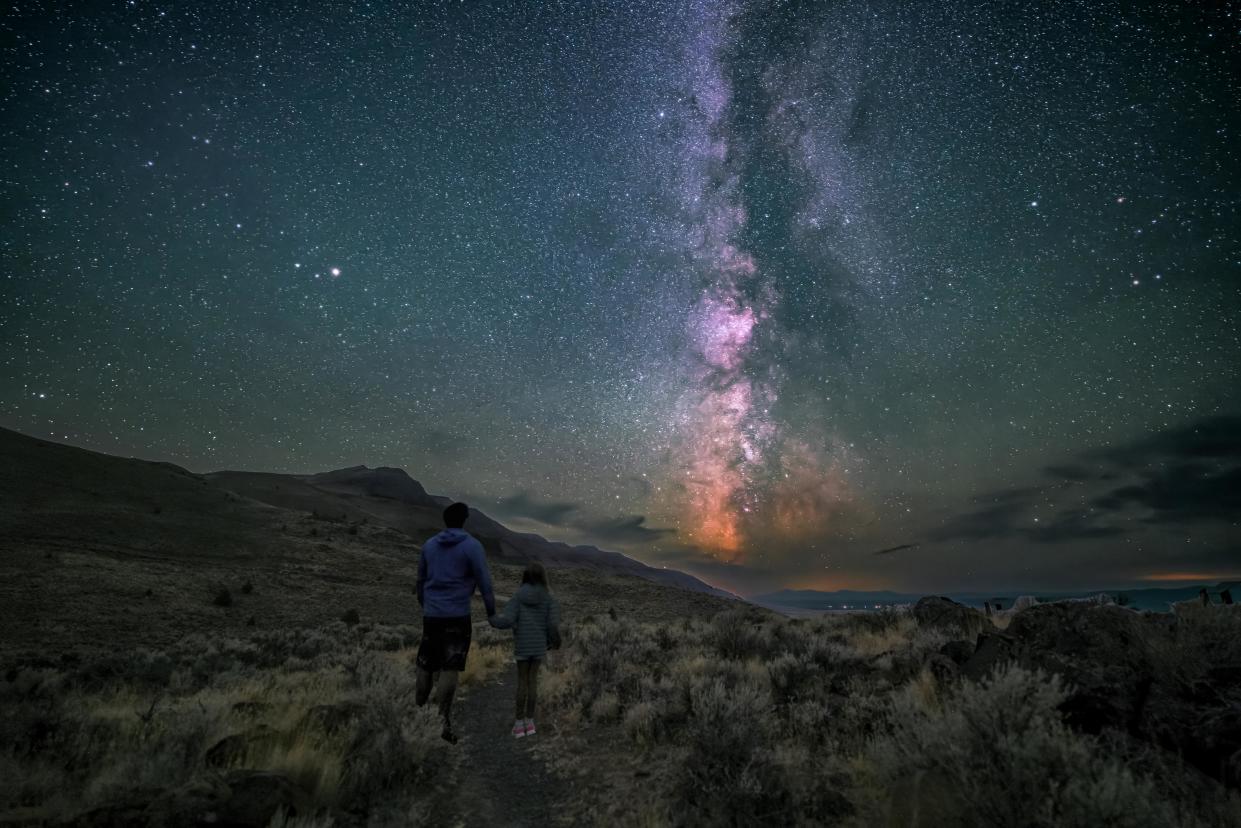
As the glow of artificial light has spread across the world, the number of places dark enough to see a sky rich with stars has shrunk.
In North America and across Oregon, only a small percentage of the population can look up at night and see the Milky Way without the glare of light pollution.
But there are places with a night sky almost perfectly dark — where the tapestry of stars is so rich it’s almost disorienting. Indeed, one of the largest such places is located just a few hours from Salem and Eugene at the Oregon Outback International Dark Sky Sanctuary.
Officially certified by DarkSky International earlier this month, the 2.5 million acres in Lake County, east of Klamath Falls and just outside Lakeview, became the largest dark sky sanctuary in the world.
The lack of population centers, combined with a commitment to using “good light,” has helped the area achieve a pristine darkness officials hope will spark a type of low-impact tourism centered on enjoying the sky without major development.
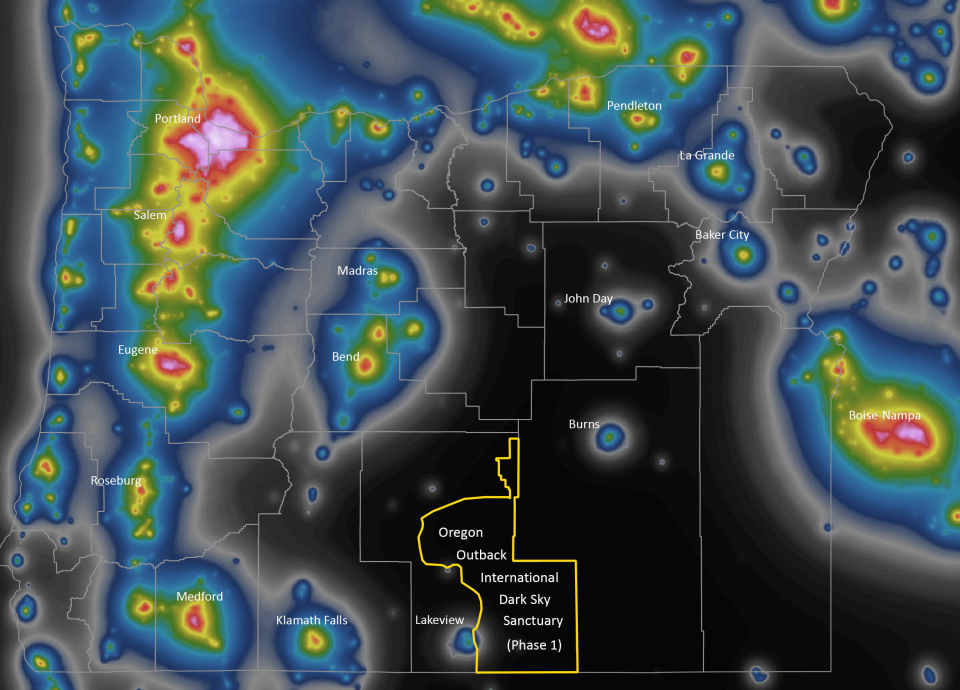
The Oregon Outback is rich with outdoor recreation opportunities, including hiking, biking and bird-watching, along with fishing and hunting, with small cabins, lodges and hot spring resorts to spend the night. It’s a place to explore the Summer Lake or Hart Mountain wildlife refuges by day and take a dazzling star walk at night.
Explore Oregon Podcast: Hot springs, desert hiking and majestic wildlife at Hart Mountain
In the latest episode of the Explore Oregon Podcast, executive director of Travel Southern Oregon Bob Hackett explained what makes a sky truly dark, how to explore the Oregon Outback and what tourism officials are hoping for with the designation.
Answers have been shortened and edited for clarity. Listen to the entire episode at bit.ly/49cnU22
Zach Urness: What makes a night sky a dark sky? Even in the city, it’s still dark at night and we can usually see a few stars. So what distinguishes a dark sky sanctuary from what we might see in the Willamette or Rogue valley?
Bob Hackett: To become the dark sky sanctuary, you can’t just say you’re dark, you need to prove you're dark. To do that, you use sky quality meters that can actually measure luminescence in the sky. The unit they use is magnitudes per square arcsecond. In those units, 22 is a perfectly dark sky. You can be a dark sky sanctuary if your readings are 21.75 or higher. In the sanctuary, Summer Lake and Hart Mountain, the readings are all 21.77 to 21.8. By contrast, there's a meter in southeast Portland coming in at about 18.75, which is classified as a bright suburban sky. I live in Talent in the Rogue Valley and at my house it reads about 19.7, which is categorized as brighter rural sky, because Medford and White City pump out a lot of light even though they’re 10 miles away. So that gives you the scope of how darkness is measured.
Urness: Can you just describe what a sanctuary dark sky looks like — when you’re out there — compared to a more urban sky. Does the difference just hit you in the face?
Hackett: It hits me in the face because it's like, ‘Holy smokes, there's a lot going on up there!’ It's harder to actually pick out constellations you're familiar with at first because the number of stars is so overwhelming. You get an actual texture to the sky, the coloring of the sky. You get this sort of textured color of the astral dust that's in the Milky Way. And so it's really surprising, is the way I can describe it.
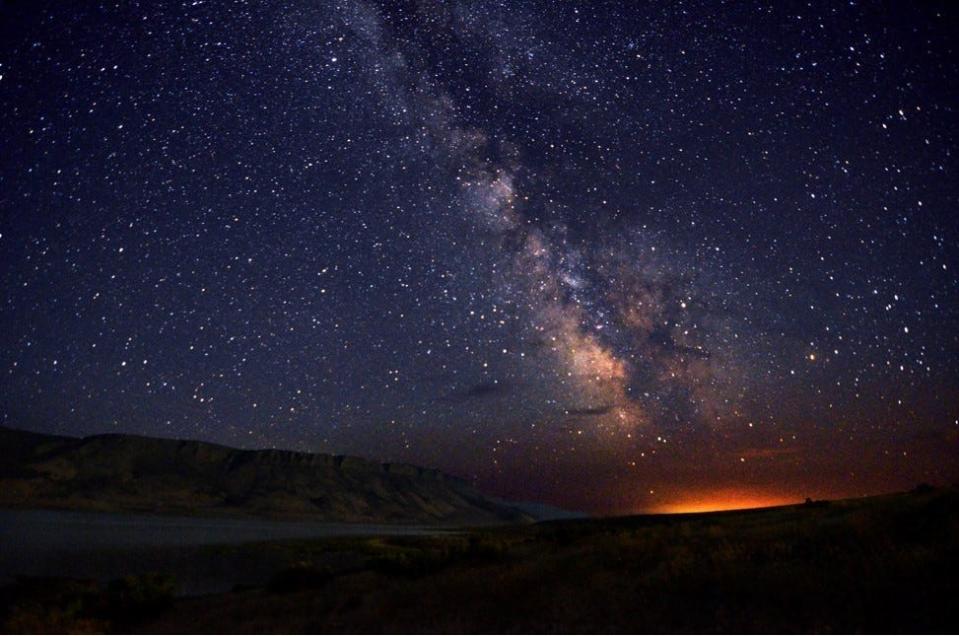
Urness: When did this get on your radar? When did we start thinking about dark skies as a tourism driver or something to strive for?
Hackett: Well, you can look at light maps of the United States from 1950. And yes, there's light pollution east of the Mississippi, but much less so west of the Mississippi. Now when you look at the 2025 projections, you see just an exponential growth of light pollution. Most of that has happened since 1980s and '90s, because light technology has never been cheaper or easier to light it up. The (scale for darkness) wasn't defined until 2001. I think the collective scientific response to light pollution and how to measure it is very recent phenomenon.
Urness: What's the benefit of having this dark sky sanctuary? Why do it?
Hackett: From a tourism perspective, it puts Oregon on the map in a big way in the dark sky space. We weren't there, and now we are. The benefit is to the gateway communities, the Summer Lakes, the Paisleys, the Lakeviews — that is where the economic benefit is going to happen for lodging.
The Colorado Plateau did economic impact studies on night sky tourism, and for people who are doing night sky tourism, they found they spend three times as much in a community as people not doing it. And it's pretty easy to figure out why — they spend the night, which means they have dinner, which means they have breakfast. This just gives people one more reason to stay just that extra day or two in the region.
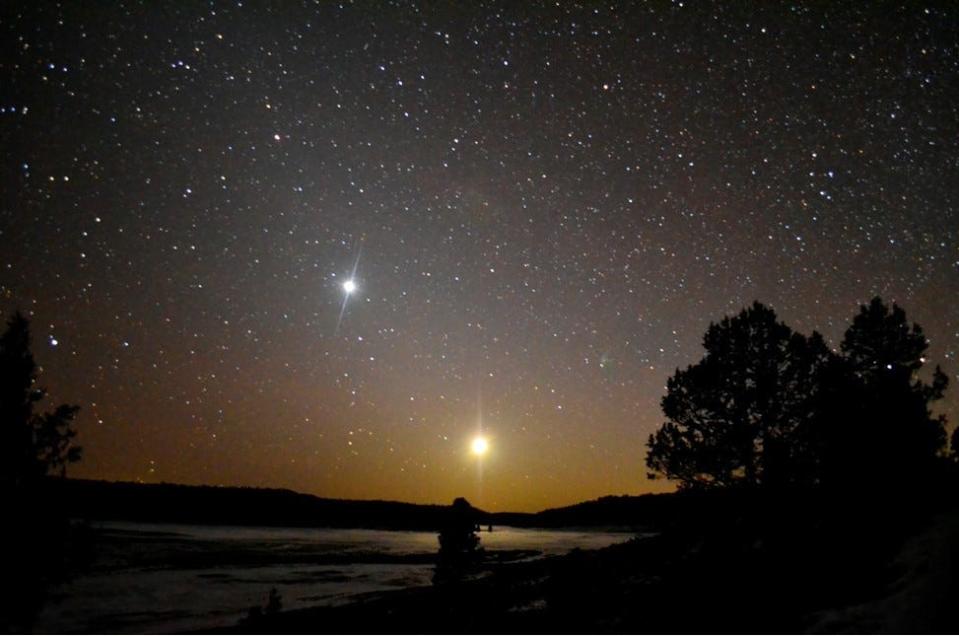
Urness: Does Oregon now have bragging rights? This becomes the largest in the world. Is that something we can hang our hat on?
Hackett: Yeah, I mean, it's the largest in the world, and that means something. Sanctuaries are designed to be protecting pristine areas of night sky. And so yeah, I think it's a big deal.
I think if you have groups coming in from Japan, coming in from China, coming in from Germany and England, places that really have a lot of lights, this night sky experience is going to be one of the more memorable parts of their trip. And our task in the tourism world is to help find ways to make that experience available and easy and rewarding for communities that choose to maybe host some more international visitors or people from urban areas.
Urness: Let's talk a little bit about the area in particular. We've kind of mentioned it, but if you live in Portland or Salem, you haven't been to the Oregon Outback, describe it a little bit. What are you seeing? What are you smelling? What defines this area?
Hackett: When you head out to Lake and Harney counties, you are in the American West, you're in cowboy country, in sagebrush country, in the Great Basin. You're not in the Pacific Northwest anymore. It's a dramatic, vast landscape. It has some of the steepest vertical geologic escarpments in the country. There's times when I'm driving out there — and I spent some time in East Africa — and sometimes it feels like you're in the Rift Valley. It feels like you're on safari sometimes. There are pronghorn out there. It's a whole different fauna. It has inland lakes that are part of the inland Pacific Flyway and have just vast amounts of waterfowl.
Urness: Let's talk about traveling out into this area and just some of the interesting things to do out there. If you were going to recommend a trip into the dark sky sanctuary, what would you suggest?
Hackett: Well, the way I would do it, I would break it down to what are your other interests, your daytime interests? So if you are a mountain biker, you've got the Oregon Timber Trail that is starting right in Lakeview. It runs right through the crest of the Warner Mountains through the sanctuary. You can have that experience completely as a mountain biker and (see the dark sky) completely from more campsites than you know what to do with. Alright, so if you're a birder, you would definitely want to get out to Summer Lake wildlife refuge. There’s camping, lodging or Summer Lake Hot Springs, which is a wonderful place with cabins and camping.
There are great hiking trails and walking areas as well. If you want to stay in town, you can stay at the Best Western in Lakeview and just drive a short distance and you’re in the sanctuary.
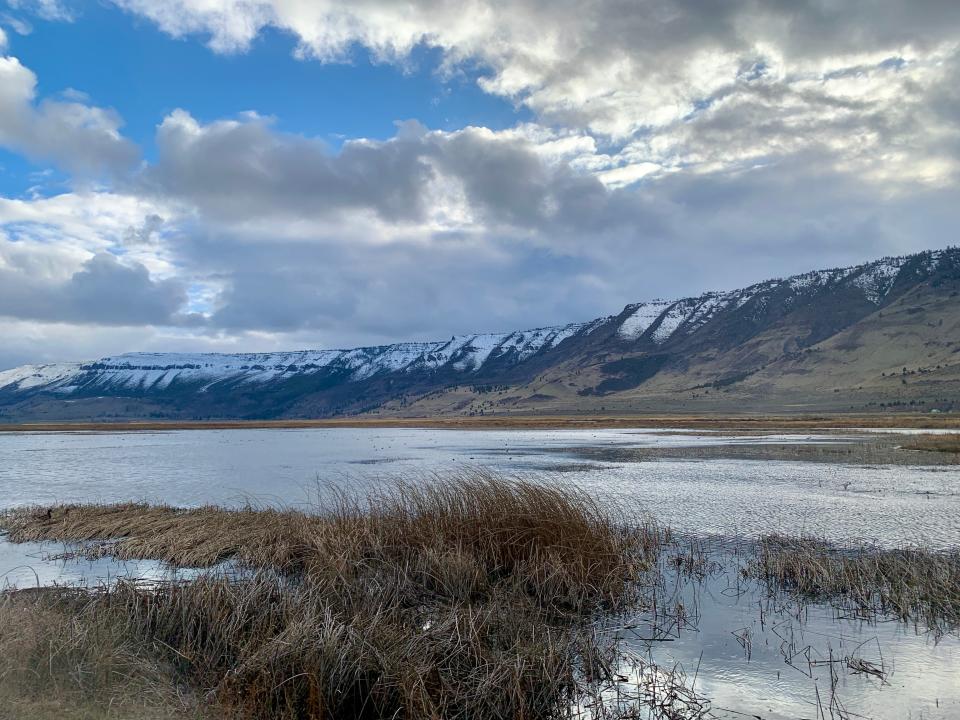
Urness: There’s also great hiking and backpacking out there on the Oregon Desert Trail and Hart Mountain. So your advice would be to pick something that you like already and then just take the time to step out at night?
Hackett: Right. And maybe you like to fly-fish, and so you're in Paisley at the Chewaucan River, and then you're having dinner at the Paisley saloon, home to the oldest bar in Oregon, and at night, the sky is right there above. And then there are people who are night sky enthusiasts, they go with their cameras and they go with their telescopes, and there's just no shortage of places as to pull up and have that experience at night.
Urness: I'm guessing the people that live in the new sanctuary had to buy into that. So are they committing to a specific course of action? Are there limits on developments that include lighting?
Hackett: In the sanctuary, 85% of the land is publicly owned and 15% is private property. On public land, the agencies have 10 years to get every light on public property 100% dark sky compliant. I think right now we're at about 75%.
Private landowners are exempt from the light management plan. There is outreach and education to help keep the outback sanctuary dark. But we're not telling private properties owners what to do. It's really about providing resources and education.
Urness: What does dark light compliant mean? Does that mean turning off all the lights at night?
Hackett: No, it means there are dark sky, fully shielded lights that are warm amber color or even more orange. There's timers or motion detectors so lights don’t need to be on all the time. It's not a ‘no light movement, it's a good light movement.’
Zach Urness has been an outdoors reporter in Oregon for 15 years and is host of the Explore Oregon Podcast. Urness is the author of “Best Hikes with Kids: Oregon” and “Hiking Southern Oregon.” He can be reached at zurness@StatesmanJournal.com or (503) 399-6801. Find him on Twitter at @ZachsORoutdoors.
This article originally appeared on Salem Statesman Journal: How to visit the world's largest dark sky sanctuary in Oregon
